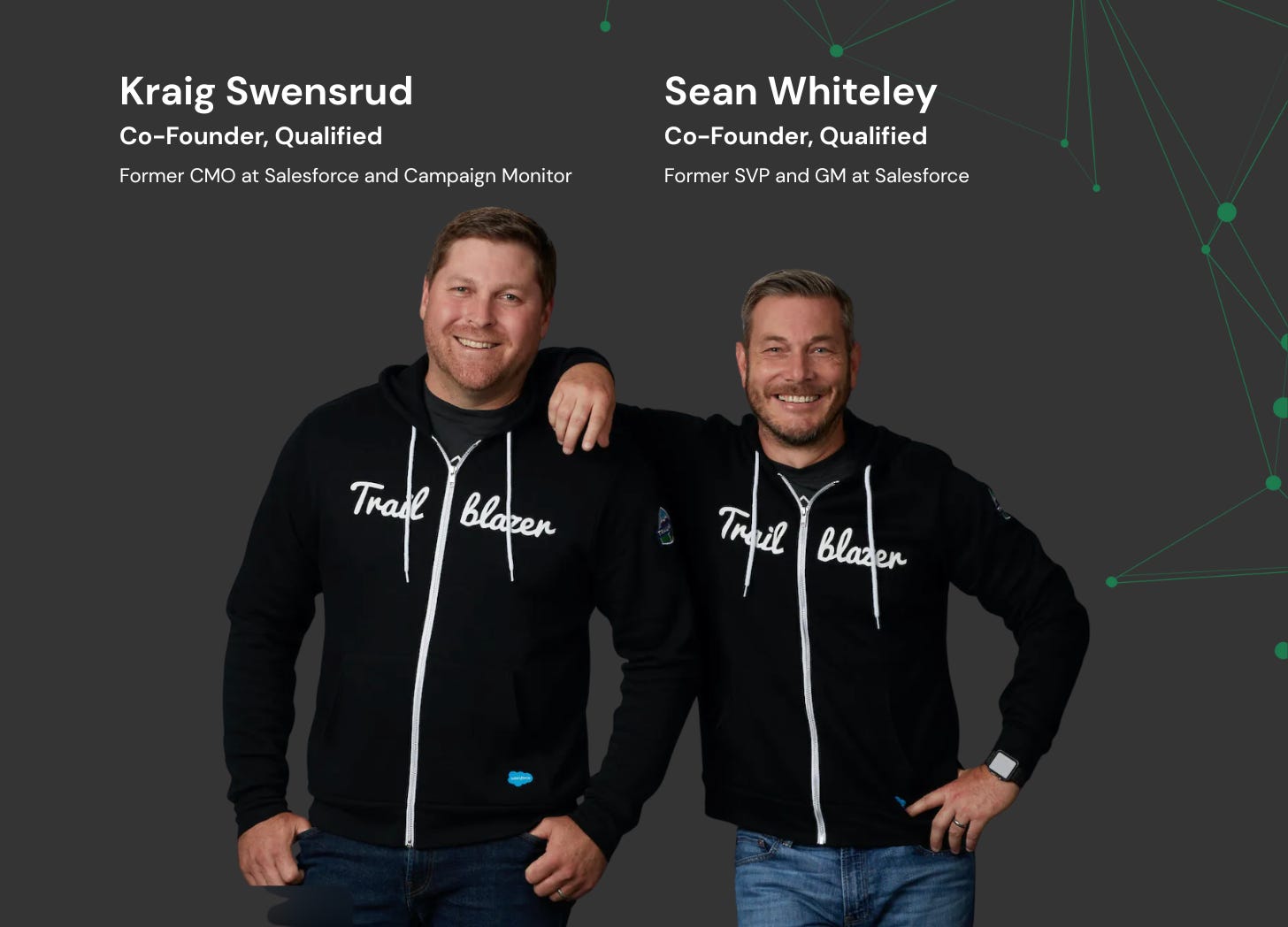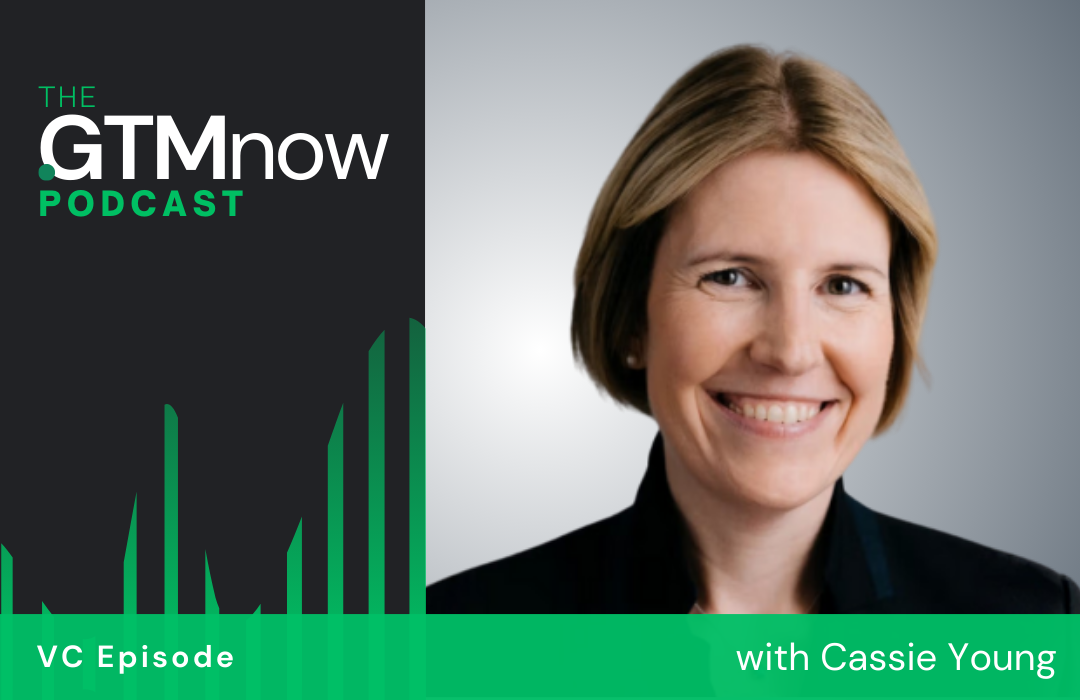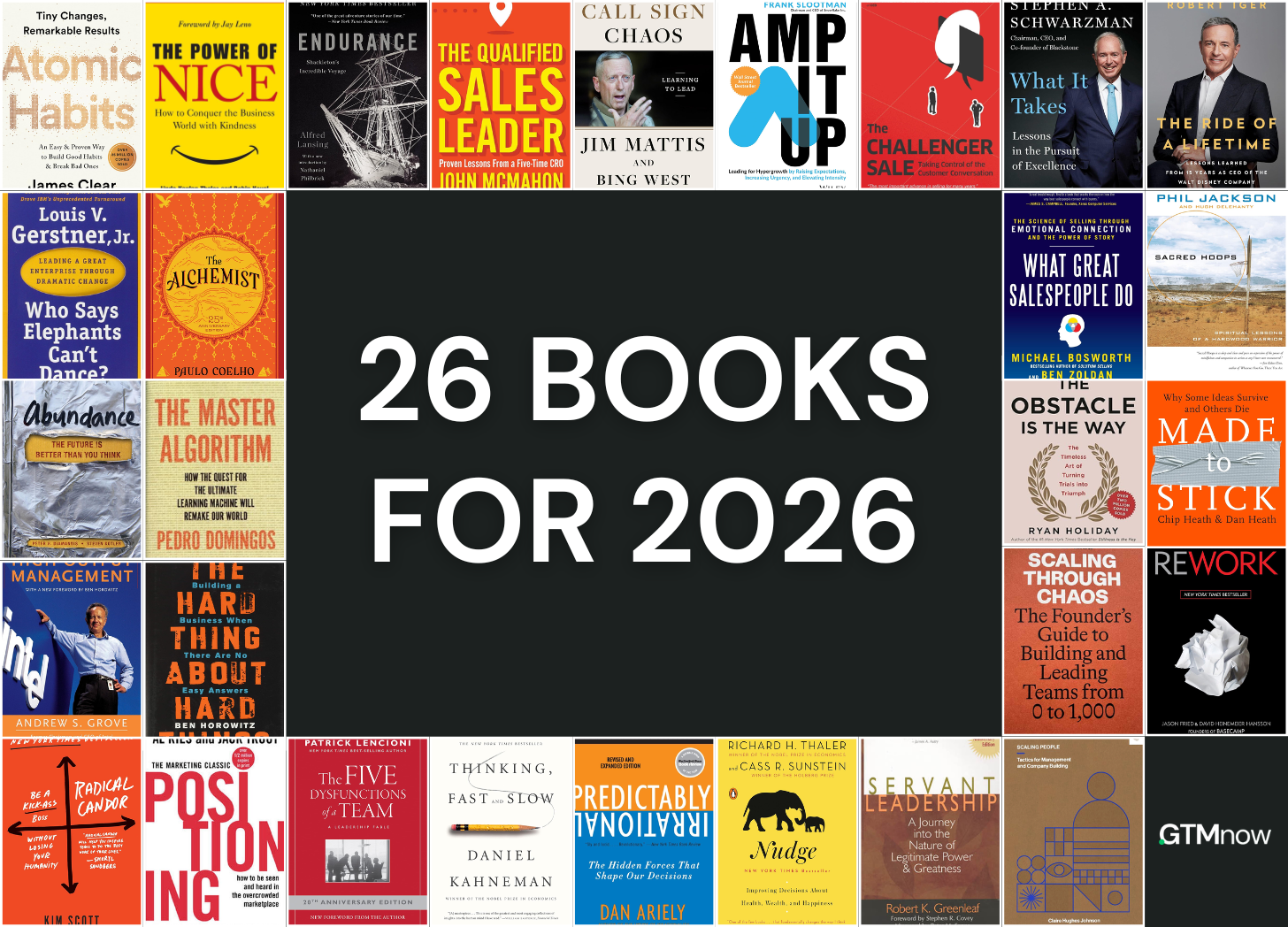Lessons from Vanta’s CRO
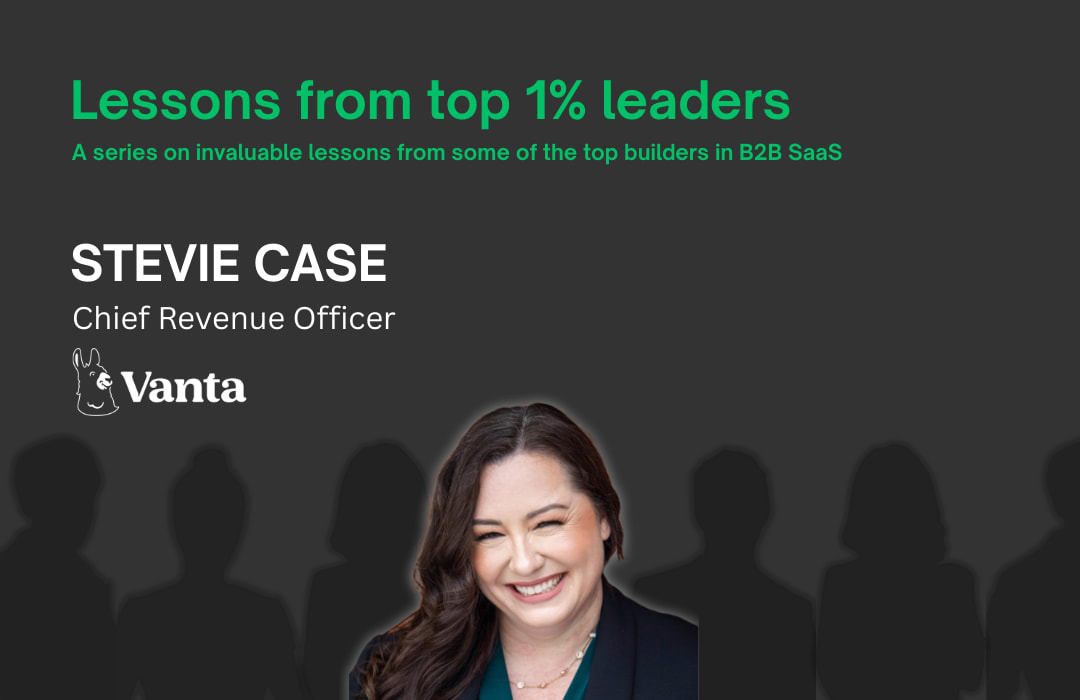
Hello and welcome to The GTMnow Newsletter – the media brand of VC firm, GTMfund. Build, scale and invest with the best minds in tech.
This is Part II of a series on lessons from some of the top 1% leaders in B2B SaaS. In case you missed it, Part I with the CCO of Canva can be found here.
Scaling a startup is never a straight line, and particularly not when scaling from <$20M to over $100M ARR. Behind every story of hypergrowth are hidden chapters of revenue stalls, brutal competition, and painful lessons learned in the trenches. Few people embody that journey better than Stevie Case, the CRO who helped steer Vanta from a 200-person, inbound-driven company to a 1,000+ person global leader in trust management. Most recently, Vanta raised a $150M Series D and is now valued at $4.15 billion.
Stevie’s path is far from typical. She was the world’s first female pro-gamer before leading sales at Twilio and eventually taking the helm of Vanta’s revenue organization.
Leading revenue at Vanta has been a ride. Her journey is filled with hard-won insights every founder and operator can apply. After listening to Stevie deconstruct this journey, we’ve distilled three key lessons:
Lesson 1: Flying blind is fatal
Lesson 2: Execution wins, not features
Lesson 3: Loyalty is built post-sales
Below, we dive into each lesson.

Lesson 1: Flying blind is fatal
When Stevie first joined Vanta, the demand was overwhelming. Customers were banging down the door, and the obvious advice was: “Hire more reps.”
So she did. She staffed up with a class of junior SMB sellers, assuming the high-volume demand matched a high-volume, transactional business. But the results were disastrous. Quotas slipped. Veteran reps who were used to tripling quota suddenly struggled to make number. Morale tanked.
It wasn’t a hiring failure so much as a visibility failure. Vanta simply didn’t have the GTM analytics in place to see the true complexity of the deals, the diversity of the customer base, or the shifting competitive dynamics.
“That is probably the single biggest mistake I made… it meant I went about a year without really being able to see what was going on in my business”
The lesson was seared in: never scale headcount without measurement. Even a scrappy RevOps hire or a founder with SQL can provide the data you need to avoid hiring the wrong profile.
Lesson 2: Execution wins, not features
Vanta invented the compliance automation category. But success came at a price: more than 40 copycat competitors appeared almost overnight, many with flashy marketing and half-price products.
From the outside, it looked like they might steal Vanta’s market. Inside, Stevie made a choice: don’t panic, don’t discount. Instead, rebuild the sales motion from the ground up.
The team went from handing out “pens to anyone who needed a pen” to selling hard, quantified value. Discovery became deeper and more rigorous, powered by MEDDICC. Reps were trained not just to talk about features, but to prove how Vanta unlocked millions in customer revenue by unblocking deals.
To sharpen their edge, Stevie even spun up a “Competitive Intelligence Agency,” which was a small team dedicated solely to ripping out competitors and equipping AEs with winning talk tracks.
The shift worked. Competitors could mimic features, but they couldn’t mimic execution or Vanta’s ability to prove ROI with math.
“Flashy marketing and software built cheaply offshore doesn’t really get you there. Every business is still subject to the same rules, the same math.”
Lesson 3: Loyalty is built post-sale
By the time Vanta was racing toward $100M ARR, Stevie faced a new problem. Net dollar retention wasn’t high enough to sustain growth. The reason was because the Customer Success team was stretched too thin – responsible for onboarding, adoption, renewals, expansions, and support all at once.
“It was totally set up for them to fail because their job was like 100 different things”
The fix was simple in principle but hard in execution: split the function. Customer Success Managers would own adoption and health (gross retention), while Account Managers carried quotas for renewals and expansion (net retention).
It took nearly two years for this structural change to fully pay off. But when it did, Vanta unlocked durable, scalable growth. It was proof that NRR, not just new logos, is the true growth engine for SaaS at scale.
Lesson 4: Don’t force quotas too early
One of the most common mistakes founders make is assuming a first sales hire should be managed like a scaled sales org. The logic is seductive: “I hired a salesperson! I’ll know if they’re successful because they hit an industry-standard quota.”
The problem is twofold:
- Compensation drives behavior. If you push an early rep to hit an aggressive number, they’ll optimize for closing any deals — which often means racing downmarket, discounting, and pigeonholing your product in the wrong segment.
- It hides the real issues. When early, expensive reps miss quota, many founders conclude they should “hire cheaper reps.” But that can push the business into a box it never intended to play in.
Stevie saw this pattern firsthand. In Vanta’s early scaling, the wrong hiring profile combined with quota pressure nearly sent the team into a spiral – junior reps missing quota, veterans demoralized, and the company forced to rethink its motion.
Her advice: be patient. Early sales hires are as much about discovery as closing. Link incentives to the right outcomes (learning, feedback, deal quality) and only rationalize quotas and comp plans once you have true product-market fit.
Hear Stevie’s advice on quotas firsthand.
The most biggest lesson of all: execution is the only moat.
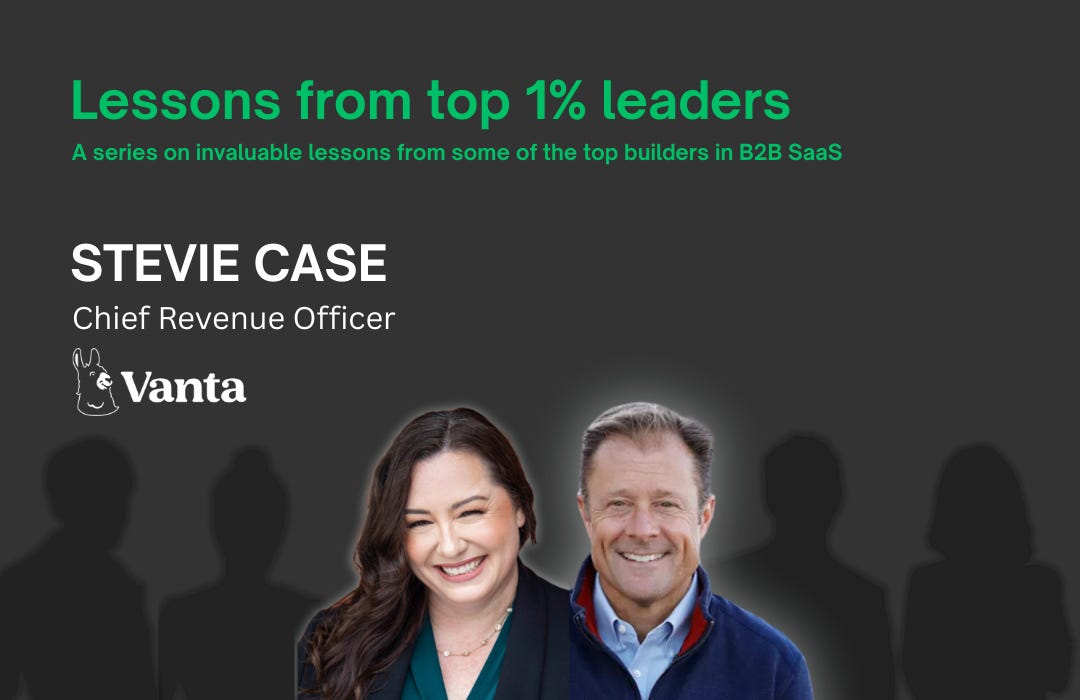
Tag GTMnow so we can see your takeaways and help amplify them.
Recommendations

Harmonic helps you discover the best startups way ahead of the competition. We use it at GTMfund, as do thousands of investors at firms like USV and Insight. GTM teams at companies like Notion and Brex also rely on the platform to stay ahead.
Harmonic tracks millions of startups and lets you search using simple filters or natural language to match exactly what you’re looking for. When you find a company that looks interesting, Harmonic pulls everything into one place (founder backgrounds, traction, and market data) so you can quickly evaluate and understand if it’s a fit.
At GTMfund, we even have a private Slack channel called #companywatchlist powered entirely by Harmonic.
Get 2 dedicated sessions with their team to help you test and structure the perfect searches here.
More for your eardrums
James Roth is the Chief Revenue Officer at ZoomInfo, where he oversees a global revenue engine supporting over 37,000 customers and more than $1B in ARR.
There’s a common misconception that change and innovation doesn’t happen at scale. The best companies – and GTM orgs – are constantly pushing the boundaries, building, and growing. James joined at 700M ARR and helped:
1. Reposition ZoomInfo as a full GTM platform (ticker: GTM)
2. Launch Copilot to over $100M in revenue in months
3. Build a segmented enterprise engine powered by their Good Co, Bad Co framework
Listen on Apple, Spotify, YouTube, or wherever you get your podcasts by searching “The GTMnow Podcast.”
Startups to watch
Mutiny – announced a big launch, bringing AI to enterprise GTM teams with a platform that researches target accounts, builds personalized campaigns, and arms sales with tailored buyer insights. Enterprise teams can finally execute like scrappy startups, without losing their scale advantage.
Gaiia – just took Bronze at the ISE Innovation Awards 2025, recognizing their push to modernize broadband with a seamless, Uber-like experience for service providers and customers.
More for your eyeballs
Bottoms-up GTM isn’t magic, it’s a deliberate strategy. Claire Butler (early Figma) lays out how marketing drives PLG by building love with individual contributors, turning them into internal champions, and then empowering them to spread adoption org-wide. In the age of AI, advocacy and influence matter more than ever.
Hottest GTM jobs of the week
- Sr. Partnership Marketing Manager – Ecosystem Marketing at Gorgias (Toronto)
- RVP, Strategic Sales (West) at Writer (Hybrid – San Francisco)
- Team Lead, Customer Success at Atlan (Remote – India)
- VP of Product at Closinglock (Austin, TX)
- Account Manager, DACH – EMEA at Vanta
See more top GTM jobs on the GTMfund Job Board.
If you’re looking to scale your sales and marketing teams with top talent, we couldn’t recommend our partner Pursuit more. We work closely together to be able to provide the top go-to-market talent for companies on a non-retainer basis.
GTM industry events
Upcoming events you won’t want to miss:
- INBOUND 2025: September 3-5, 2025 (San Francisco, CA)
- GTMfund Dinner (private registration): September 10, 2025 (San Francisco, CA)
- Pavilion GTM Summit: September 23-25, 2025 (Washington, DC)
- National Mall Walk with GTMfund: September 25, 2025 (Washington, DC) – NEW
- Dreamforce: October 14-16, 2025 (San Francisco, CA
- GTMfund Dinner (private registration): October 22, 2025 (Austin, TX)
- GTMfund Dinner (private registration): November 18, 2025 (Toronto, ON)
- GTMfund Dinner (private registration): November 19, 2025 (New York, NY)
- GTM x Founder Event (private registration): November 20, 2025 (New York, NY) – if you’re an AI-focused founder in NYC, hit reply to get the details

